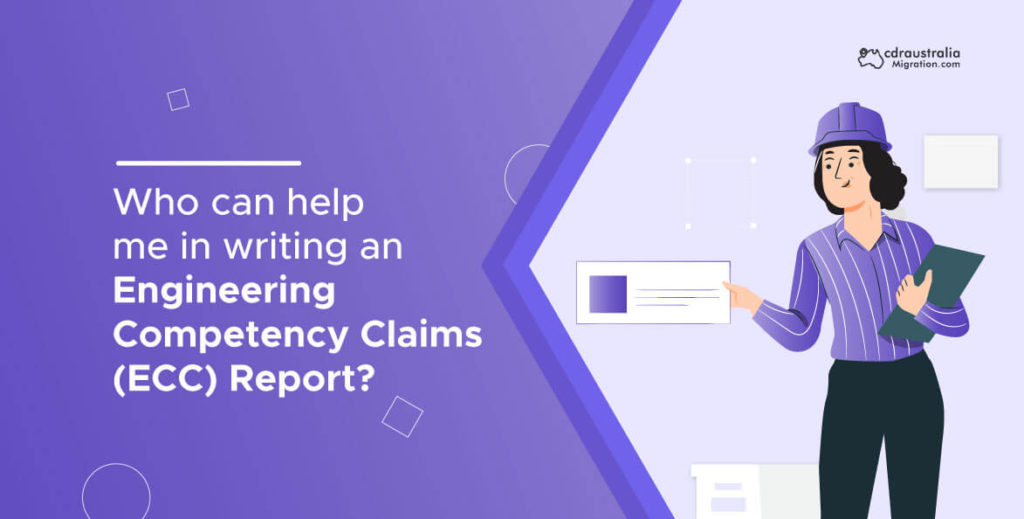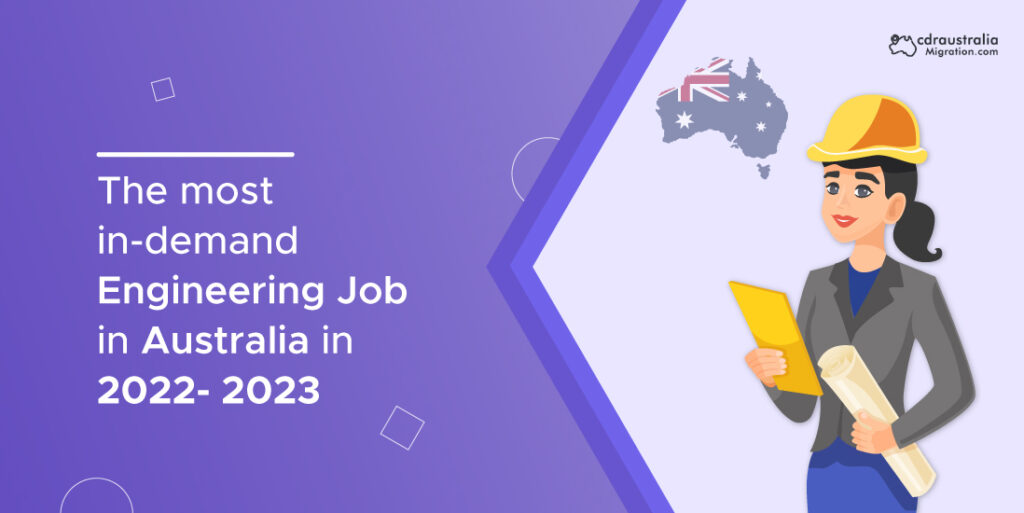I am a Structural Engineer applying for NER, who can help me in writing an Engineering Competency Claims(ECC) report?
Engineering Competency Claims (ECC) is a document needed by Engineers Australia(EA) inorder to grant Chartered Membership (CPEng). You must submit it with the other three documents to the Institution of Engineers Australia for review. The EA members who wish to become members of the National Engineering Register (NER) must demonstrate their qualifications as registered engineers. These skills must be in accordance with Engineers Australia stage 2 competency standards. A top-ranked engineering professional designation achieved via practice is Chartered Status. In order to qualify as a Chartered Member, engineers who are already EA members must demonstrate their engineering proficiency in leadership, safety, quality, and knowledge through ECC. Check Out: Essential documents to include in a Structural Engineer CDR report. Engineering Competency Claims(ECC) There are 11 to 16 claims in the Engineering Competency Claims (ECC) report. The number is determined by the Chartered Professional Engineer’s (CPEng) E-Chartered assessment pathway. The four paths are as follows: Professional Development Program (PDP) Matured Experienced Engineer (MEEE) Mutual Recognition Agreement (MRA) Engineering Competency Report (ECR) A total of 16 Engineering Competencies Claim (ECCs) must be submitted if one chooses to be evaluated using an Engineering Competency Report (ECR). You must thoroughly describe each Engineering Competency Claim the engineering contribution you made to the technical projects over the course of your career as a professional engineer. These claims will be supported by the following EA standard components: Engineer’s personal commitment: You must describe how you will enhance your abilities, identify your strengths, and manage your job’s responsibilities in this part. Engineer’s accountability to the community: Your obligation to contribute to the development of your community must be mentioned in this section. It is very important what you have done for it and what kinds of answers you have provided to the needs of the people that have demonstrated sustainability to them. Engineer’s value in the workplace: In this section, you must describe how you will use the procedures and equipment to maintain working standards. You must exhibit the type of communication you will use. Engineer’s proficiency at a technical level: You must demonstrate your technical expertise to EA in this part. You must show how you have used your engineering knowledge to address specific engineering problems and how you have offered an alternative. 👍 Might Be Interested In: To become chartered Engineers in Australia Engineering Competency Claim Writing You must consider a minimum of six career episodes in which you have made a meaningful contribution as a structural engineer. You are welcome to make reference to any and all of your proposals, resumes, achievements, or specifications, as well as the engineering tasks and issues detailed in EA stage 2 standards. Many online resources offer assistance with ECC writing. The same people that assist in preparing the CDR report also provide writing guidance by providing the Engineering Competency Claims examples sample report. They may help you with submitting your documents so that you can become a Chartered Professional Engineer (CPEng). For best results, we review your ECC and give guidance. In Conclusion, Why choose Us? CDRAustraliaMigration hires professional writers who have experience in writing ECCs. All you need to do is provide your CDR report (if submitted before to EA) and CV. If you have not made your CDR report, they will ask you questions about your professional experience and write effective claims for you. We also provide proper guidelines for engineering students and give the necessary advice for completing a flawless CDR report. We offer a technical and competent report-writing service, and we also provide the best CDR sample for several engineering fields at a low cost.



